We continue our series of occasional articles on the history and spirituality of the Orthodox and Eastern-rite Catholic Churches. Our hope is to deepen our understanding of the ties that bind us, and to slowly “build bridges” that may, at some future time, allow closer relations, and perhaps even full reunion, among our Churches. In that effort, we turn to consider an icon of Mary, the Mother of the Church
HOLY PROTECTION OF THE MOTHER OF GOD
One of the most beloved feast days in the Slavic Church calendar is the Holy Protection of the Mother of God, celebrated on October 1. The feast originated in the 9th or 10th century (the history is hazy on this point) when a dangerous invasion from the pagan Rus’ threatened Constantinople. There seemed to be no way to resist, and the Emperor resigned himself to ignominious defeat and the end of the Empire.
Enter St. Andrew the Holy Fool. Realizing that military resistance was useless, Andrew urged the Emperor and the people to pray at the church at Blachernae in the capital, where Mary’s robe, veil and part of her belt were preserved and venerated. During the all-night vigil, St. Andrew saw the Mother of God appear above the altar, spreading her veil over the people there assembled. He turned to his faithful disciple Epiphanius and asked, “Do you see, brother, the Holy Theotokos (“God-bearer,” that is, Mary), praying for all the world?” Epiphanius replied, “I do see, holy Father, and I am in awe!” At the very time of her appearance, the Rus’ fleet turned away from Constantinople (some say on account of a fierce unexpected storm) and the city was saved.
The icon (opposite page) depicts St. Andrew and Epiphanius in the lower right corner, pointing to Mary while she extends her protecting veil over the assembly. Curiously, the Slavic word for “veil” carries the double meaning of “veil” and “protection,” adding another layer of meaning to the feast. The assembly beneath the veil includes a cross-section of the city, from Emperor to the lowest-ranking commoner, indicating that Mary’s care includes all of humanity. Oddly enough, the feast became immensely popular among the Slavic peoples, the very ones who mounted the invasion in the first place. After the conversion of the Rus’ under St. Vladimir, they came to recognize the providence of God in the events and embraced the feast much more fervently than the Greeks who originally enjoyed Mary’s protection at Blachernae! In fact, one of the most famous cathedrals in the world is dedicated to this feast, The Cathedral of Intercession upon a Moat, more popularly known as St. Basil’s in Red Square in Moscow.
Only recently has the Greek Church come to appreciate the feast, although they moved the date to October 28. Their celebration, however, does not bear much resemblance to that of the Slavs. Rather, Greece uses the occasion to recall the successful resistance to the invasion of Greece by Italy in 1940. History tells us that the Slavic peoples may once again have been saved by Greek heroism. After Italy failed to conquer Greece, Adolph Hitler was forced to postpone his invasion of Russia in order to salvage the situation in the Balkans. That delay may very well have cost Germany any chance of defeating Russia in 1941!
Another element in the icon commemorates events some four hundred years after the apparition itself. In the bottom of the icon stands St. Romanos the Hymnographer, who shares this feast day in the calendar. He it was who composed the propers still used in the Liturgy, including the Troparion for this day:
“Today the faithful celebrate the feast with joy illumined by your coming, O Mother of God. Beholding your pure image we fervently cry to you: ‘Encompass us beneath the precious veil of your protection; deliver us from every form of evil by entreating Christ your Son and our God that He may save our souls.’”
Wiesner, a Ruthenian Catholic, writes from Front Royal, Virginia (USA), where he works for Seton Home School.

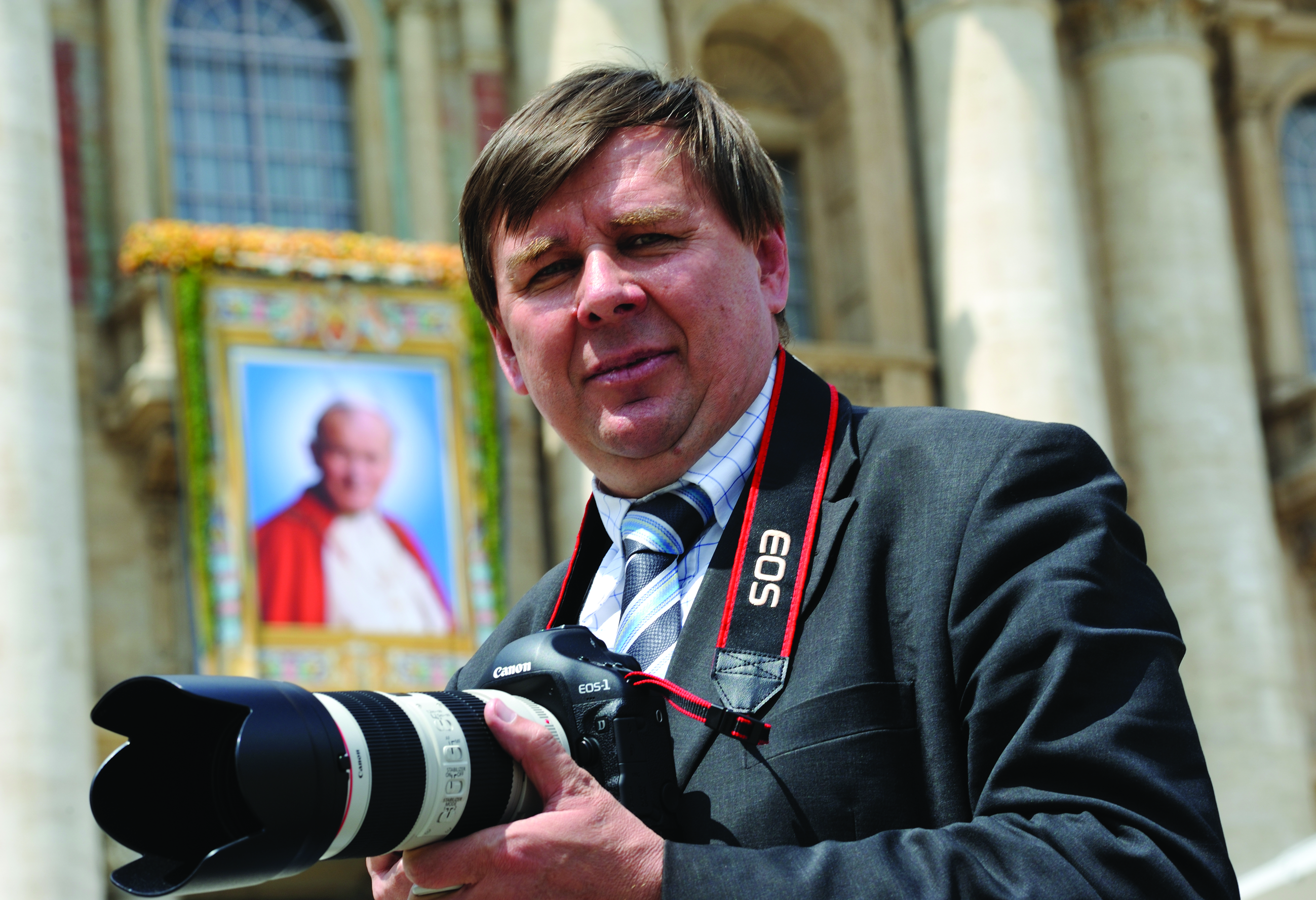
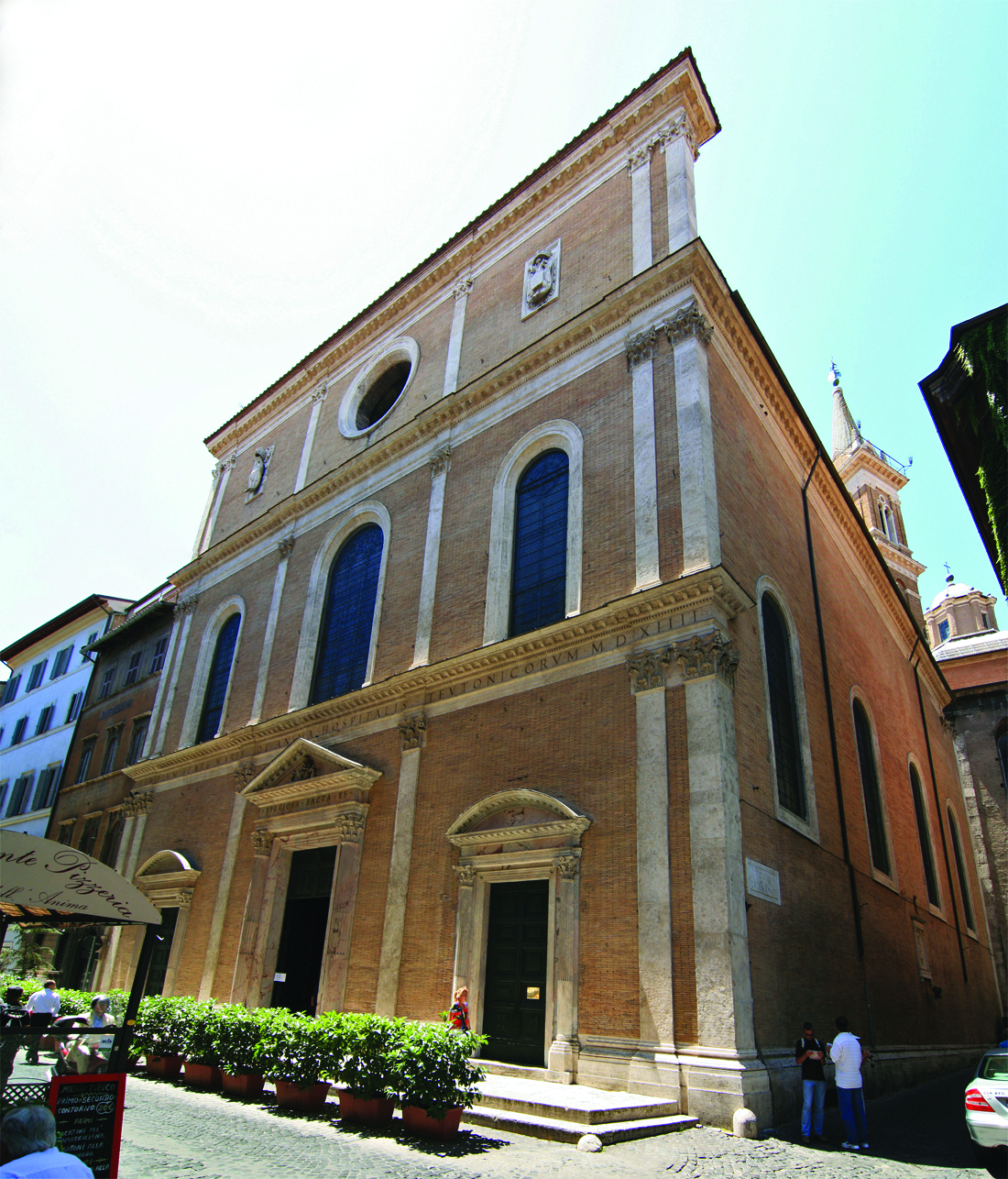
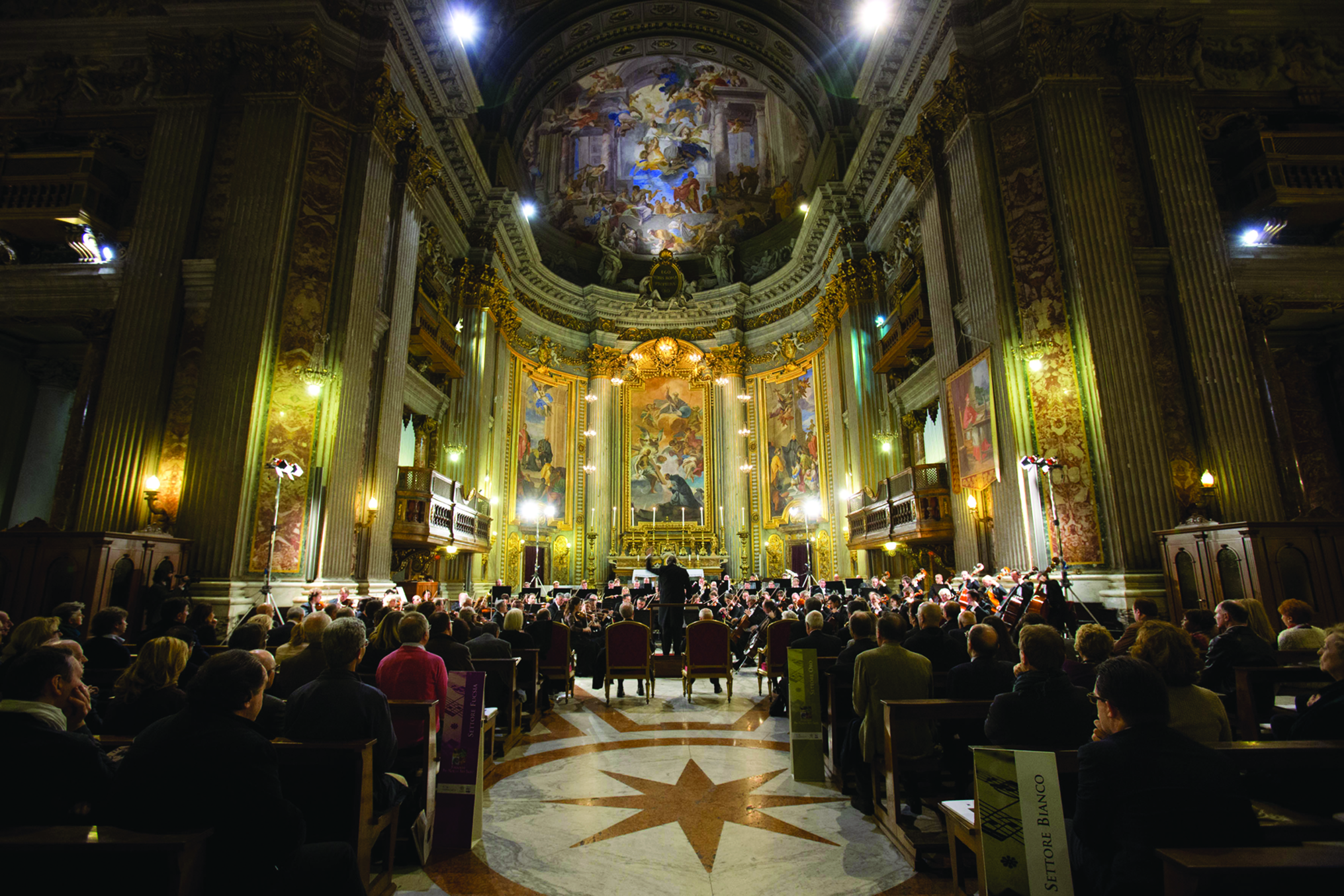
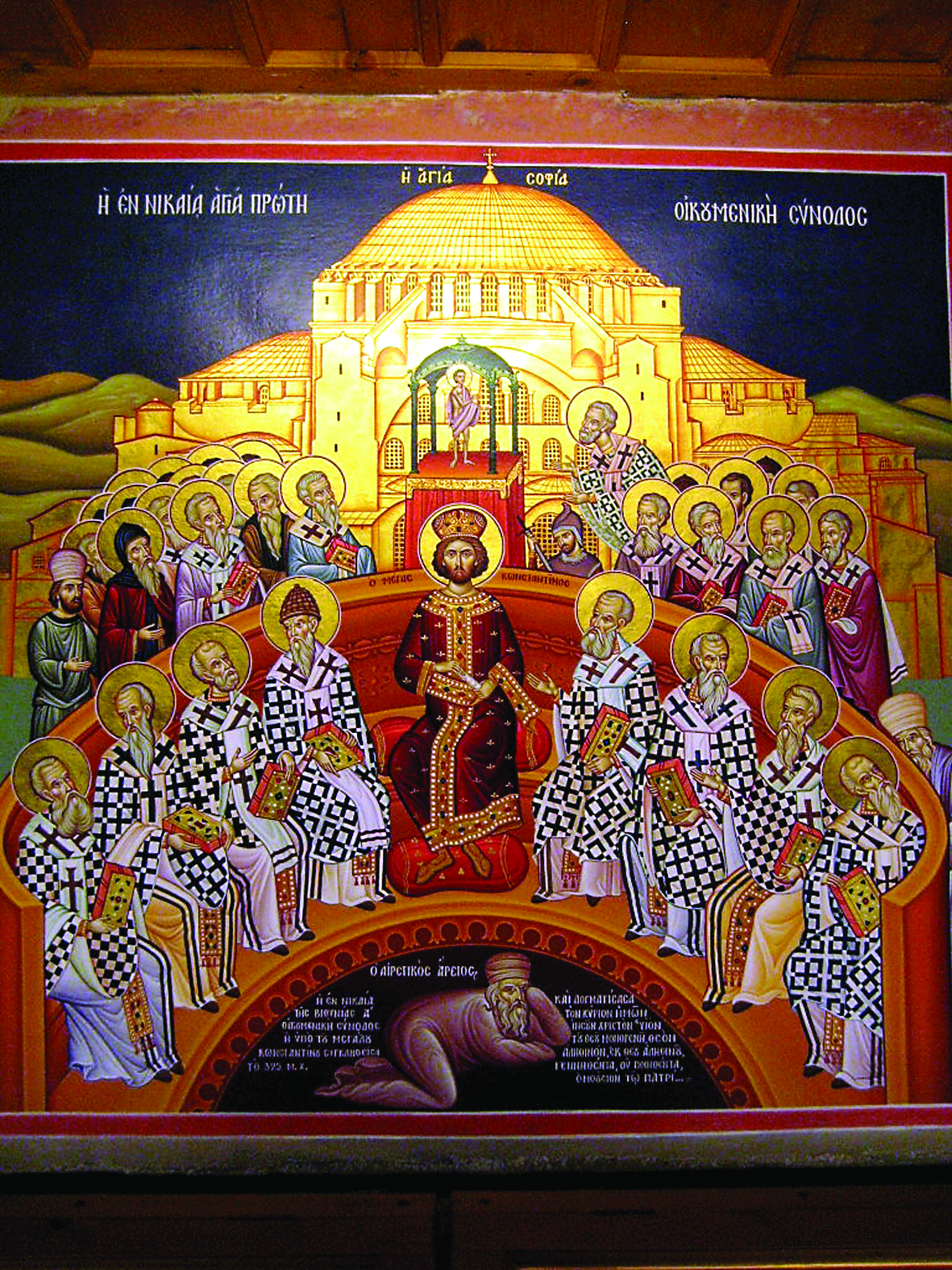
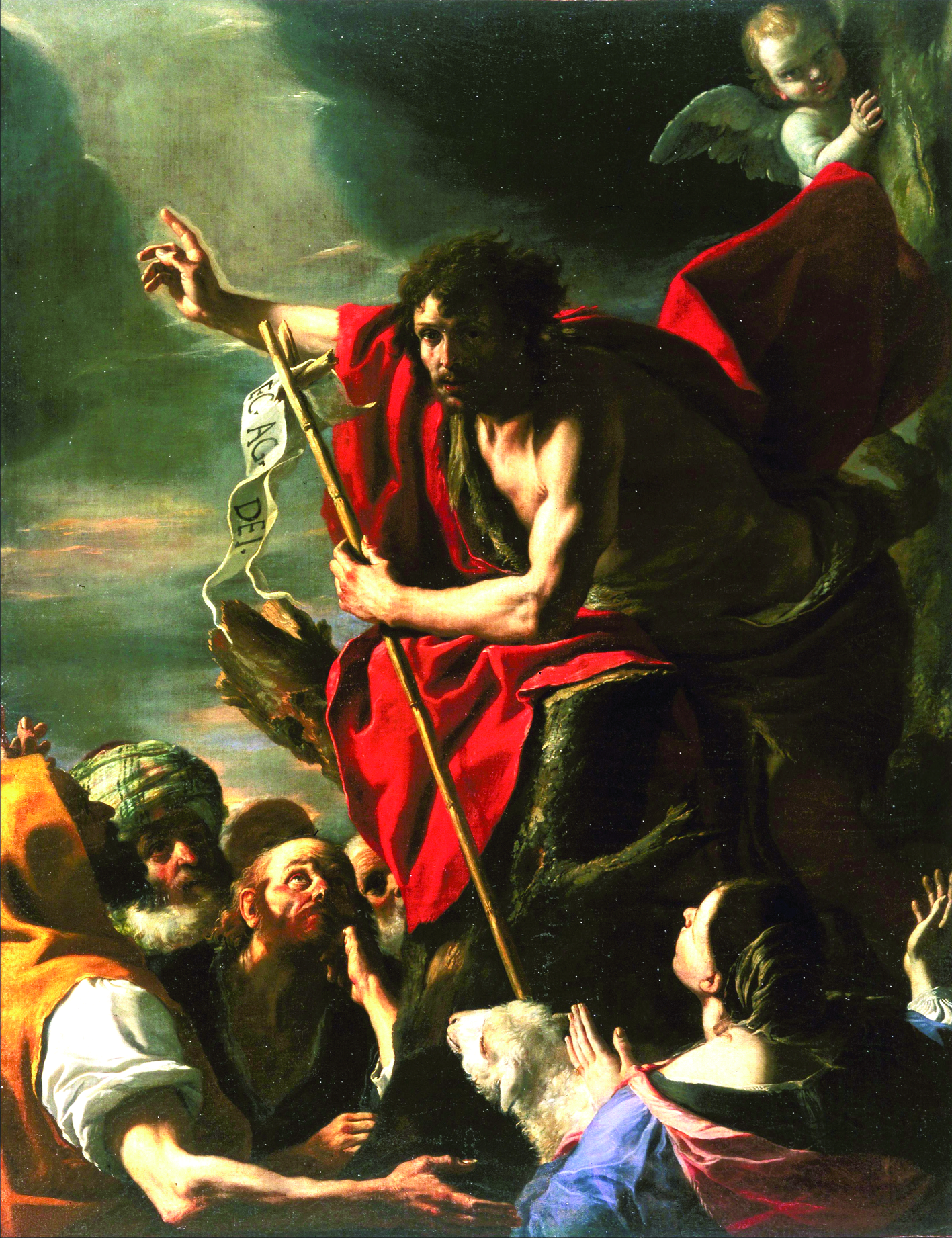
Facebook Comments